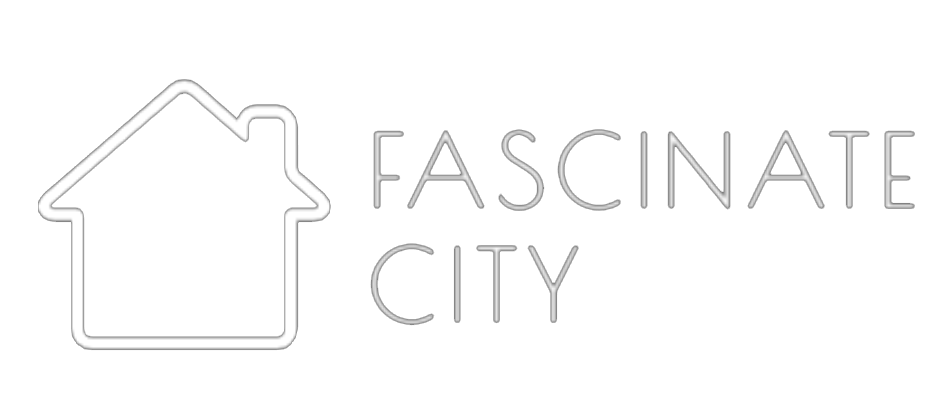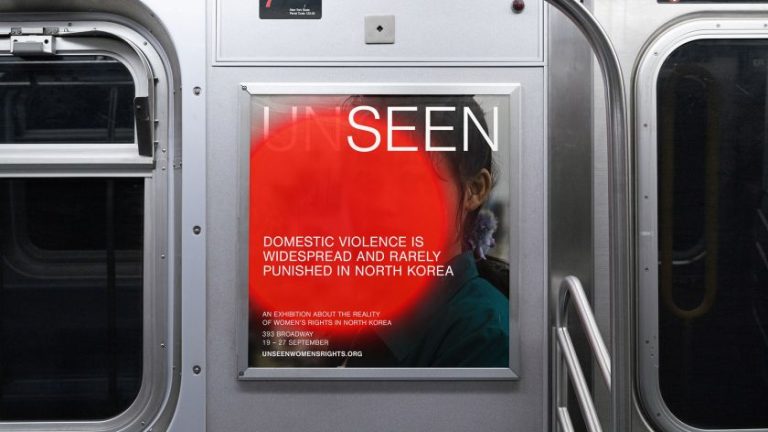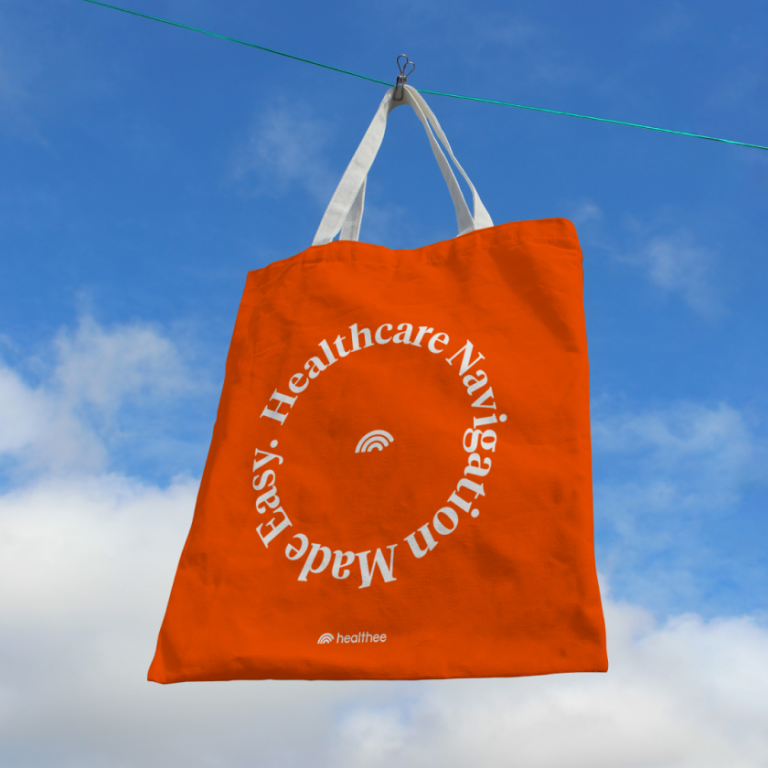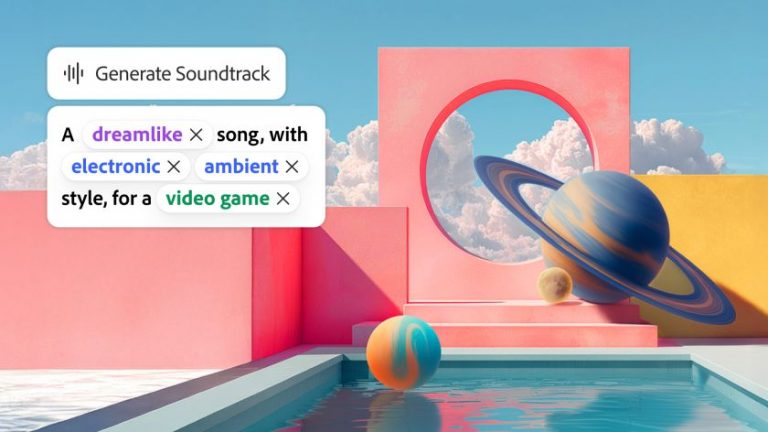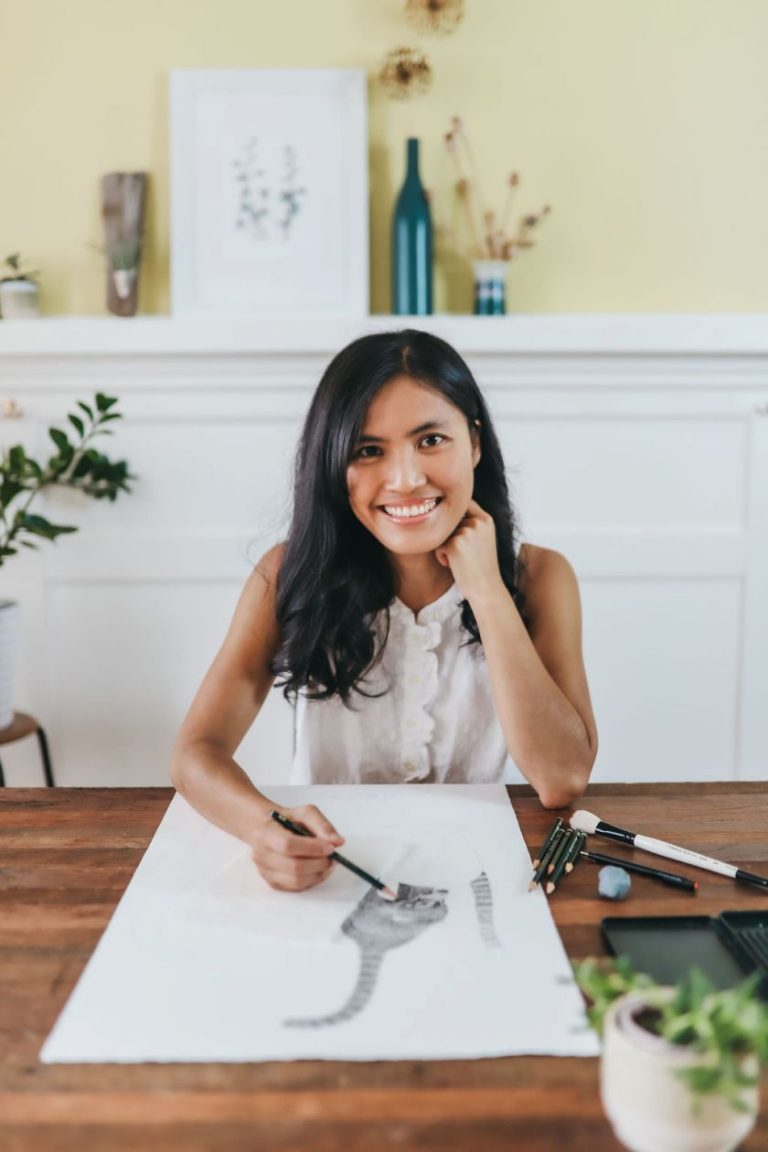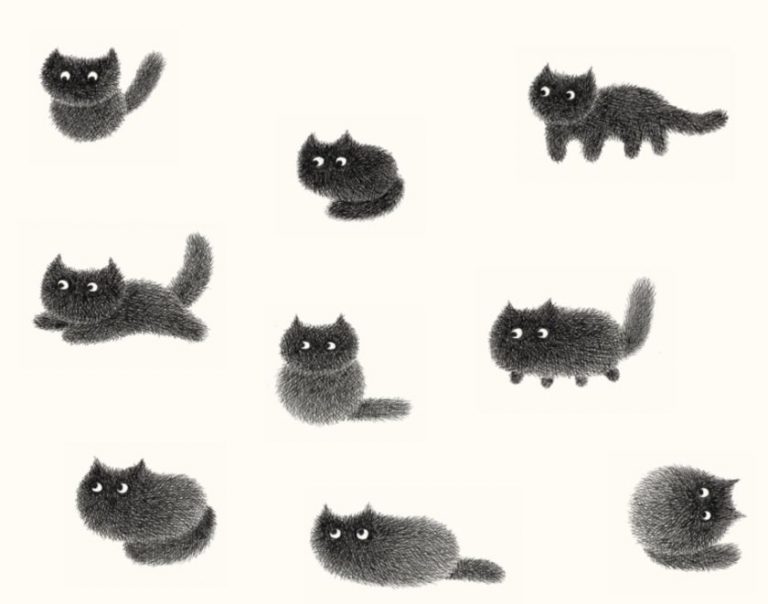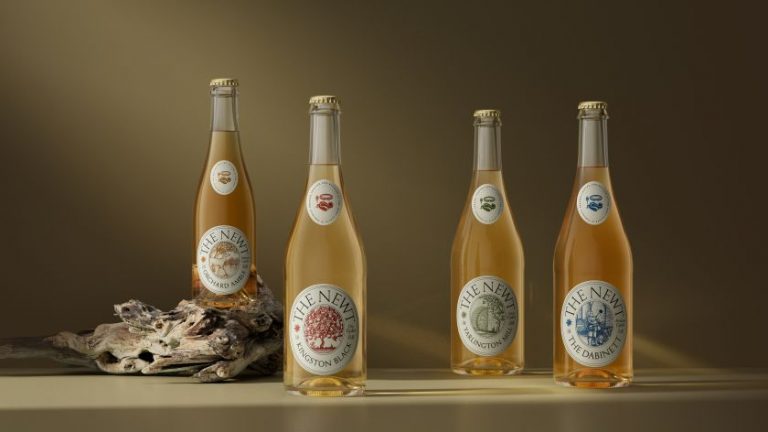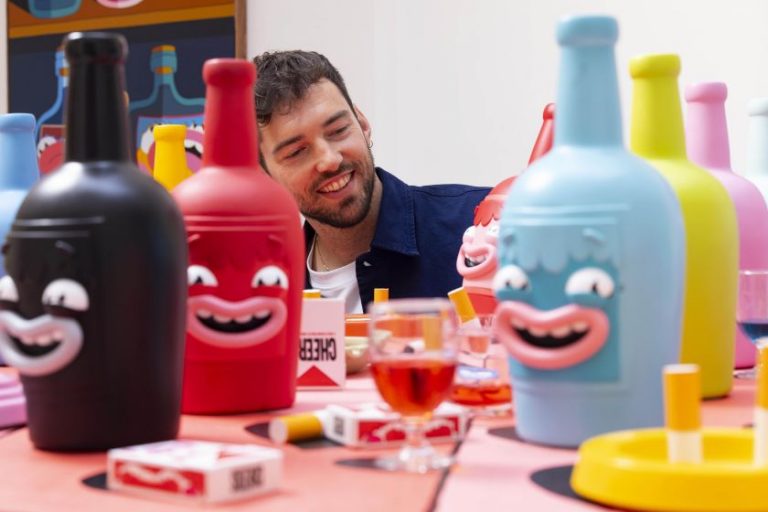From Berlin to New York and back again, Studio Gruhl is making noise across the global creative scene. We spoke to founder Malte Gruhl about subcultural aesthetics, staying boutique by design, and why every project is a chance to leave something behind.
Studio Gruhl doesn’t fit easily into a box, which is exactly how its founder, Malte Gruhl, likes it. Based in Berlin but working with clients from across the US, UK and EU, the studio sits at the intersection of branding, campaigns and digital experiences, fusing design precision with emotional resonance. It’s a practice that feels part design lab, part cultural translator, and entirely intentional.
After a decade working at agencies and studios in Berlin, London and New York, Malte was ready to slow down and go deeper. “I wanted to really focus on craft, first as a freelancer and then slowly building a team from the ground up,” he explains. “We wanted to do something exciting, mixing concepts and creating work that forms an emotional connection and builds memories.”
The early years were shaped by clients in music and fashion – a techno label, a lifestyle media brand – and that energy has never really left. The studio’s aesthetic is playful but polished, expressive but grounded in systems thinking. There’s a tactility that runs through its portfolio, whether it’s a sculptural logotype or a campaign brought to life in motion.
Malte sums up the approach in three words: building visual worlds. “We see ourselves more as a creative studio than a classic design studio,” he says. “There is no rebrand anymore without delivering content and motion. There is no digital project without considering brand-level thinking.”
That hybrid thinking is embedded in the studio’s process. Rather than treating strategy and execution as separate phases, Studio Gruhl builds them together, anchoring ideas in cultural insight and then expanding them across touchpoints.
“By connecting different disciplines, we give clients something they can directly work with and take live,” Malte adds.
While the studio’s projects are diverse – from underground tech platforms to scale-up brands – they all share a commitment to thoughtful craft. Every project, says Malte, is an opportunity to create something memorable in the midst of noise.
“We love design systems, but we also want to create an emotional connection with our work. In the end, design is there to visualise behaviour, show a level of taste, and send signals of cultural belonging.”
Importantly, that creativity is never at odds with commercial goals. “The balance of creativity and commercial is a funny one,” he says. “Because creativity isn’t in the way of a commercial goal – it helps to achieve it.”
It’s this belief in design as both expressive and functional that draws in a wide range of collaborators. “If we work together with someone, it is a close partnership, so we need to feel a connection and a mutual understanding that we want the same thing,” says Malte.
Whether it’s a corporate team or a niche cultural organisation, the dream client is open to exploration. “With each new client, you can dive into entirely new environments. You need to understand the nuances of context, interpret and connect historical parameters.”
Though based in Berlin, the studio’s perspective is international, as is its team, but the spirit of the city still shapes the work.
“The aesthetic we find interesting and the values we hold are very aligned with what drives this city,” Malte explains. “It is always a good starting point and generates an interesting mix of references.”
That willingness to draw from a wide spectrum is part of what makes Studio Gruhl’s output feel fresh. Custom typography, 3D visuals, illustration, motion – each tool is treated as a means to spark connection, rather than a stylistic signature.
“We always try to add something new to each project,” says Malte. “One needs to create tension by combining things which are not combined or looking at a category from another angle.”
The studio’s evolution hasn’t been marked by one ‘big break’ moment. “Maybe it is cliché, but there is not just one project that pushed us,” says Malte. “So far, it has been more of a steady series of ups and downs, always leading us forward. Maybe that is what we are learning – to never be comfortable.”
Rather than chasing trends or growth for growth’s sake, the studio has found strength in staying small. “What changed over time was the realisation that we are not here for eternal growth,” says Malte. “We made the conscious decision to stay deliberately boutique, and this is quite freeing.”
It’s a decision that allows the team to prioritise quality over quantity and remain agile in a shifting industry. “We are here to be a great place for design and try not to get lost along the way chasing something else.”
On the subject of trends, Malte is refreshingly clear-eyed. “We are past the point of chasing trends. We need to connect a brand to its place in culture. The idea of creating a totally new visual trend and ‘owning’ it does not really work anymore.”
So, what advice would he give to someone starting their own studio now? His answer is pragmatic, but warm. “Things take time, and ideally, you are never done,” he says. “Take care of your network, those are the people who will make you. Instead of ‘no’, say ‘yes, but…’ And take holidays.”
In a landscape where many studios are pushing for scale, Studio Gruhl stands out by embracing constraint as a creative tool. Less about empire-building, more about staying connected to the work, to the context, and the people around it.
